There is an underwater mountain range off the coast of Chile where the tallest mountain reaches up to almost two miles high. There are many different rare species that call the mountain range their home, many of which are even yet to be discovered.
This area, the Nazca Ridge, has yet to be thoroughly mapped out. However, a recent expedition led to the discovery of almost 20 new species as well as new information about previously discovered ones.
Research for Change
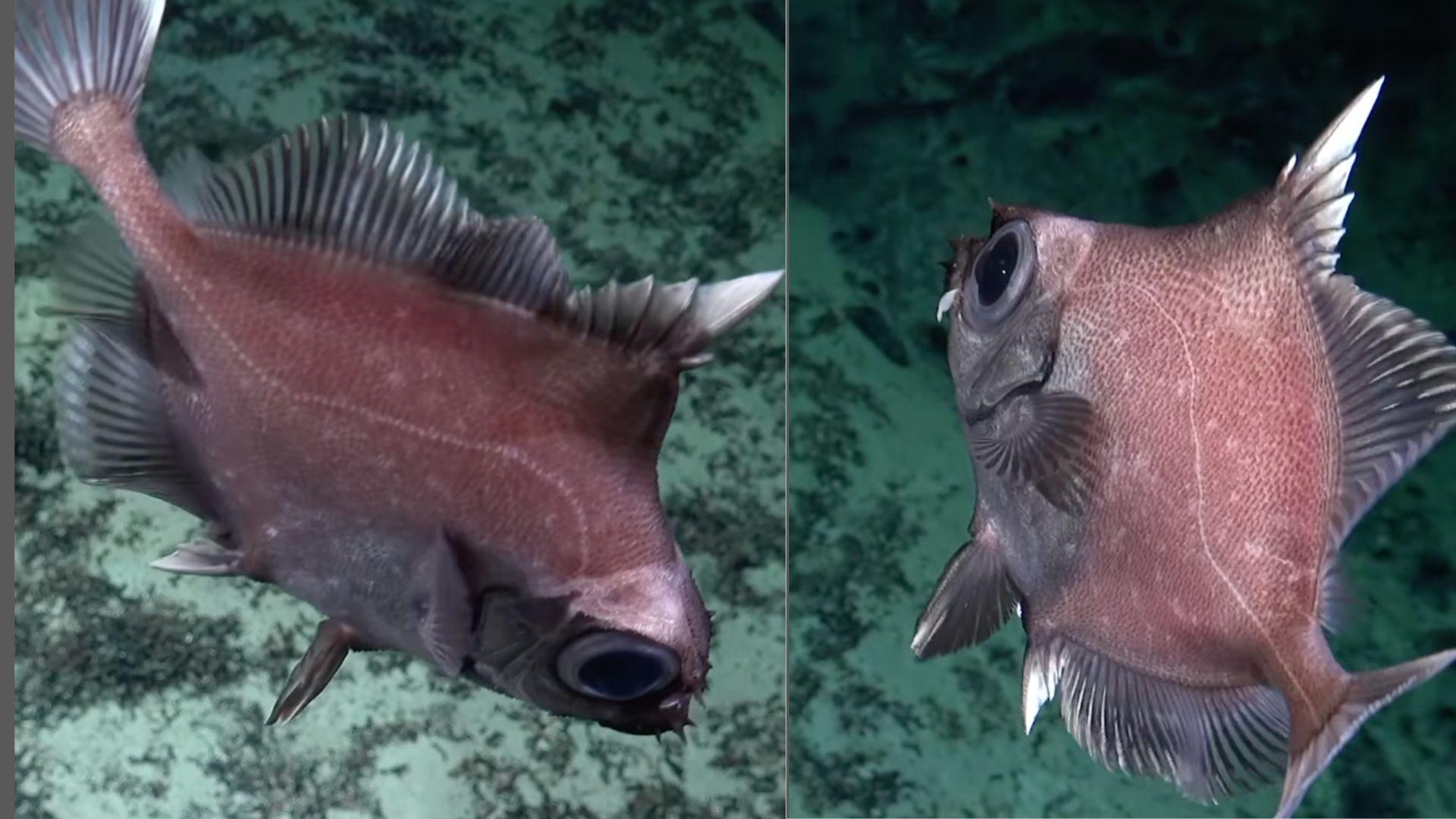
The Schmidt Ocean Institute spearheaded this fascinating expedition. This organization hopes to use its resources to explore the ocean and encourage its conservation.
They hope to catalog and document their findings to further the understanding of what the ocean contains. They emphasize the importance of sharing the research with the public to openly publicize the public’s knowledge of oceanographic exploration.
The Expedition Details

To carry out the research, the Schmidt Ocean Institute used a vessel called the Falkor (too). This vessel is designed specifically for research and houses a large variety of marine research tools. Specifically helpful for the Nazca Ridge expedition, the boat contains 11 tons of sonars in order to use sound waves to map out the seafloor.
There is a large lack of documentation of the seafloor in the Nazca Ridge. The expedition took 28 days and resulted in many different types of new documentation that can be analyzed by many researchers in the future.
New Special Species
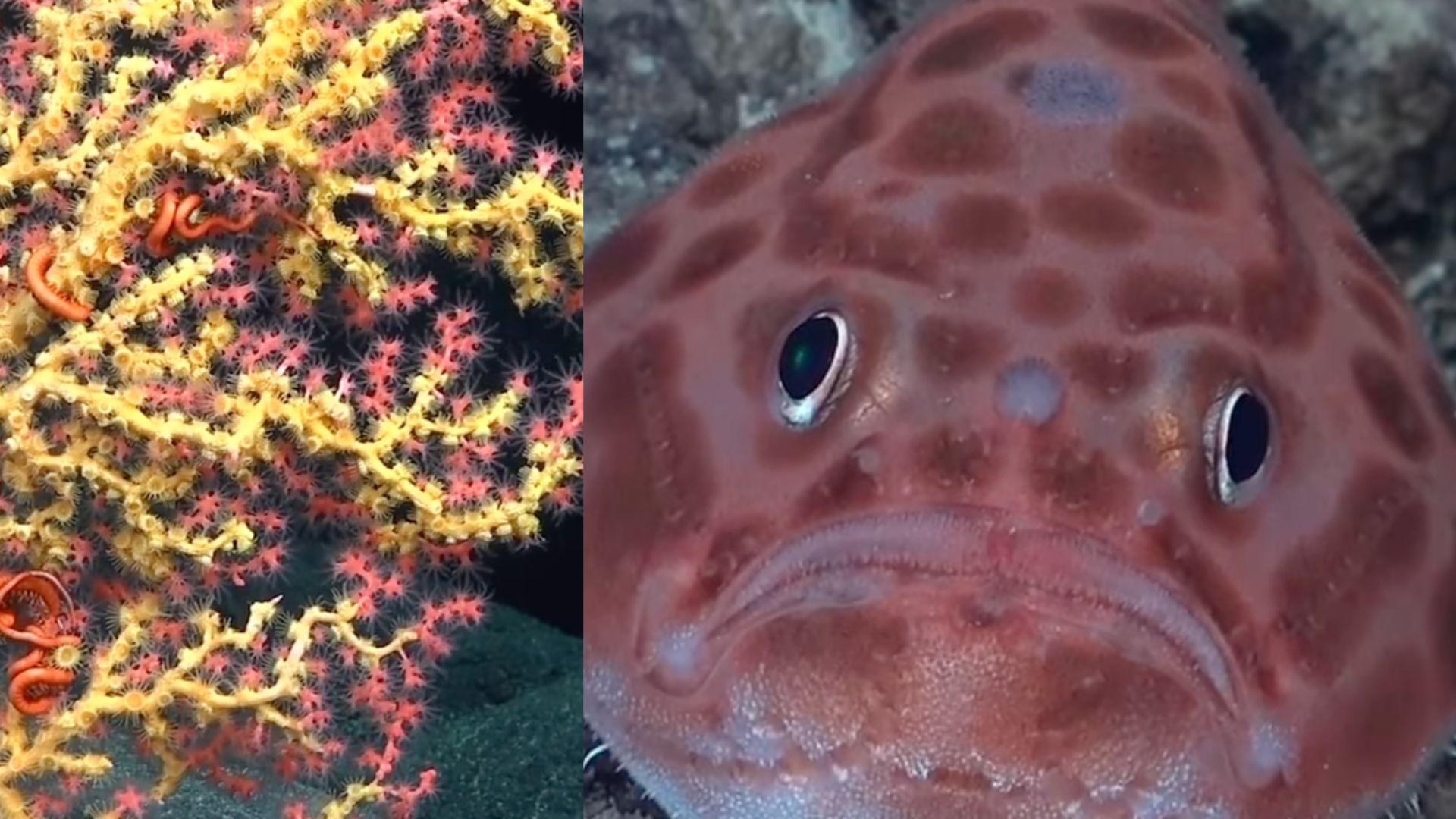
This area does not see nearly as much pollution as many other oceanic ecosystems, and therefore the ocean life is able to flourish. The reason all of the mountain ridges are able to form underwater is because of the tectonic plates meeting in that area.
Because of this unique layout, different wildlife can thrive such as urchins, fish, and gorgeous corals.
The Friendly Ghost
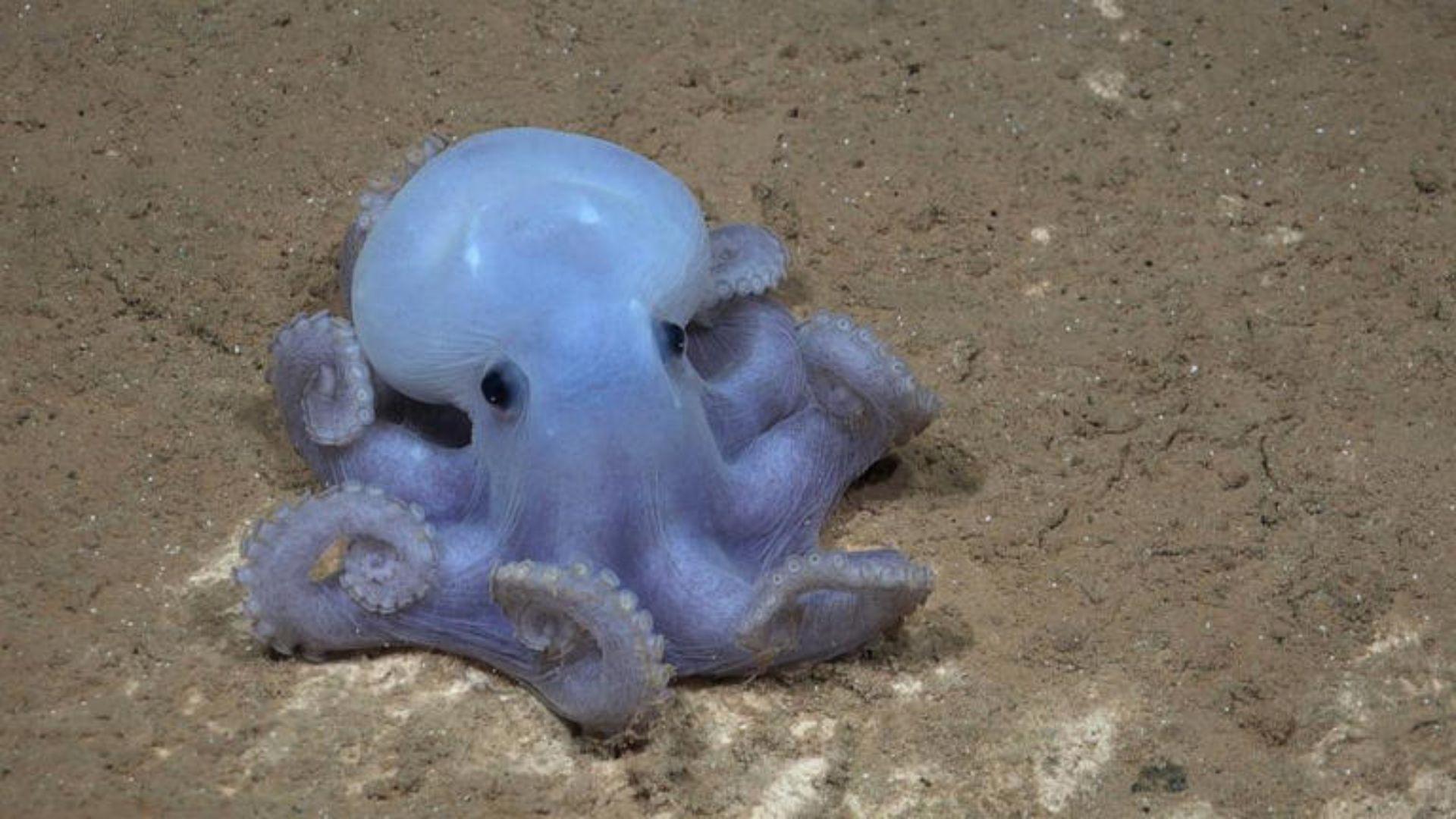
Not only did this expedition lead to new discoveries of various species, it also led to further findings and better quality documentation of species that have been named in the past. There is a pale white octopus that resides in the mountain range that has been nicknamed the Casper octopus due to its eerie coloring.
It doesn’t have an official name because there have been no photos of it until the expedition concluded.
Earlier Expeditions
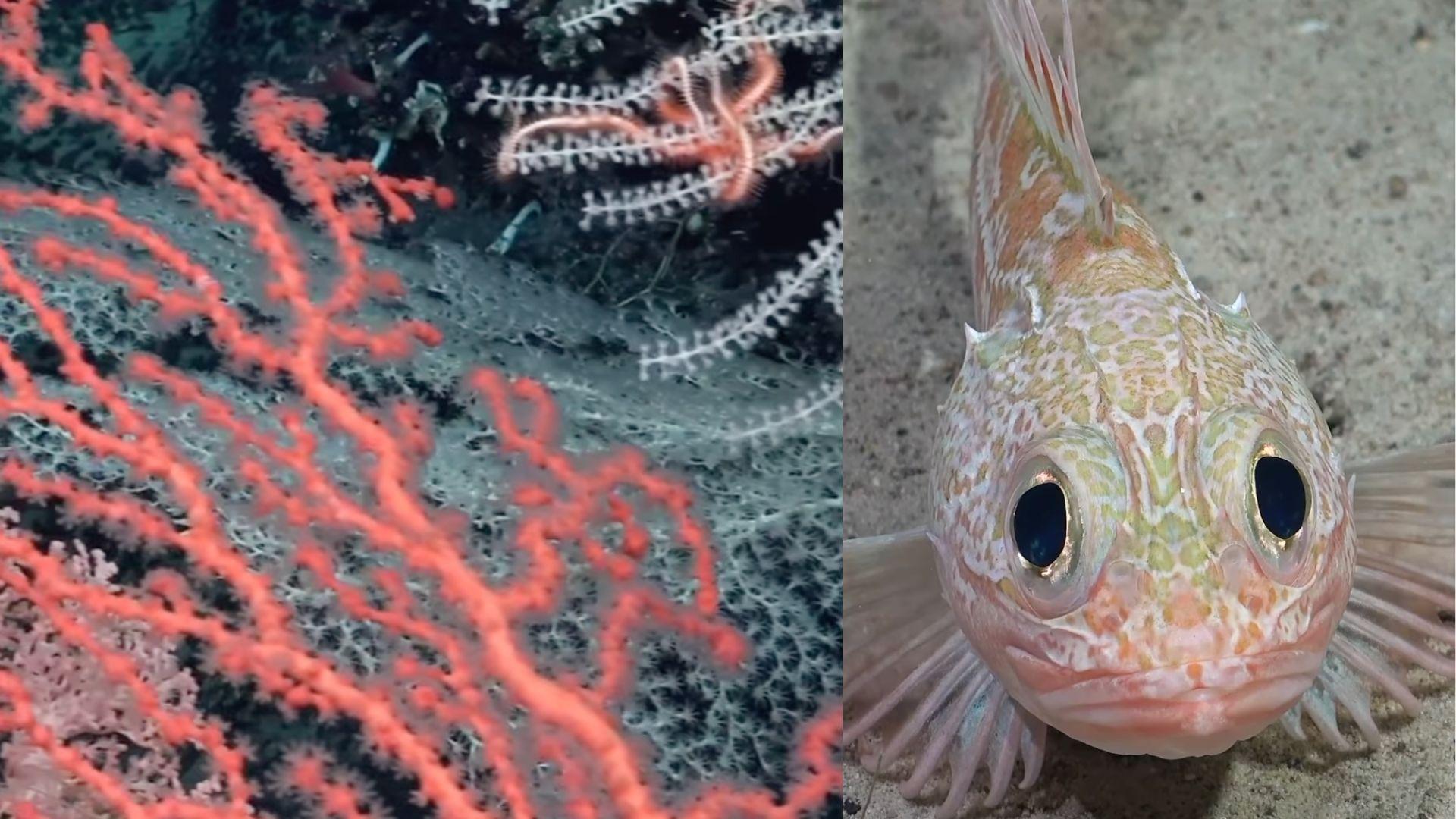
This is the third expedition conducted in the Nazca Ridge in the past year. Earlier in January and February there were two more documentation sessions, discovering 150 new species. Both of these research sessions were also carried out by the Schmidt Ocean Institute and the Falkor (too).
The process for officially documenting these creatures is to submit the findings to the Ocean Census, where the marine species are officially identified.
The Number Rapidly Grows
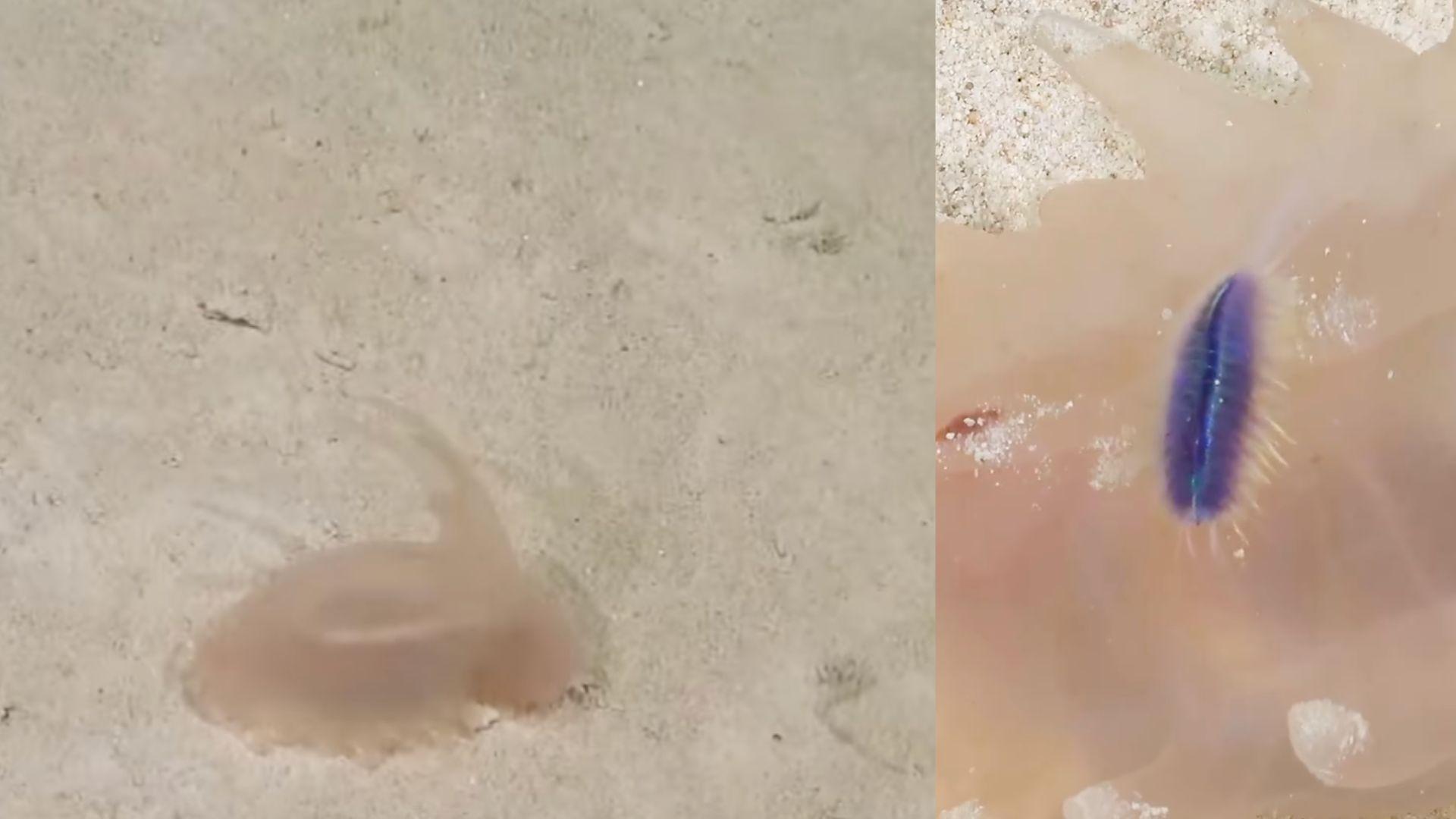
With the recent discovery there are now over 1,300 species living in this area that have been seen by researchers. It is assumed that more species will continue to be discovered and named as more journeys are taken to the Nazca Ridge and new technology is developed to facilitate adventure underwater.
The technology to take footage of these creatures is groundbreaking in terms of what can be documented for researchers to view. The mountain range is so deep underwater that humans are not able to physically enter the area. Additionally, the depths of the ocean are extremely dark and the creatures rely on their own bioluminesce to light up enough.
First Ever Footage

The robot technology snapped a photo of a Promachoteuthis squid, resulting in the first ever official video of this creature to be viewed. Previously the discovery of this specific species was only able to be finalized through deceased animals ending up in nets at the surface of the ocean.
The Schmidt Ocean Institute posted a video of this squid on Instagram, informing its followers of what the squid is.
Creepy Underwater Crawly
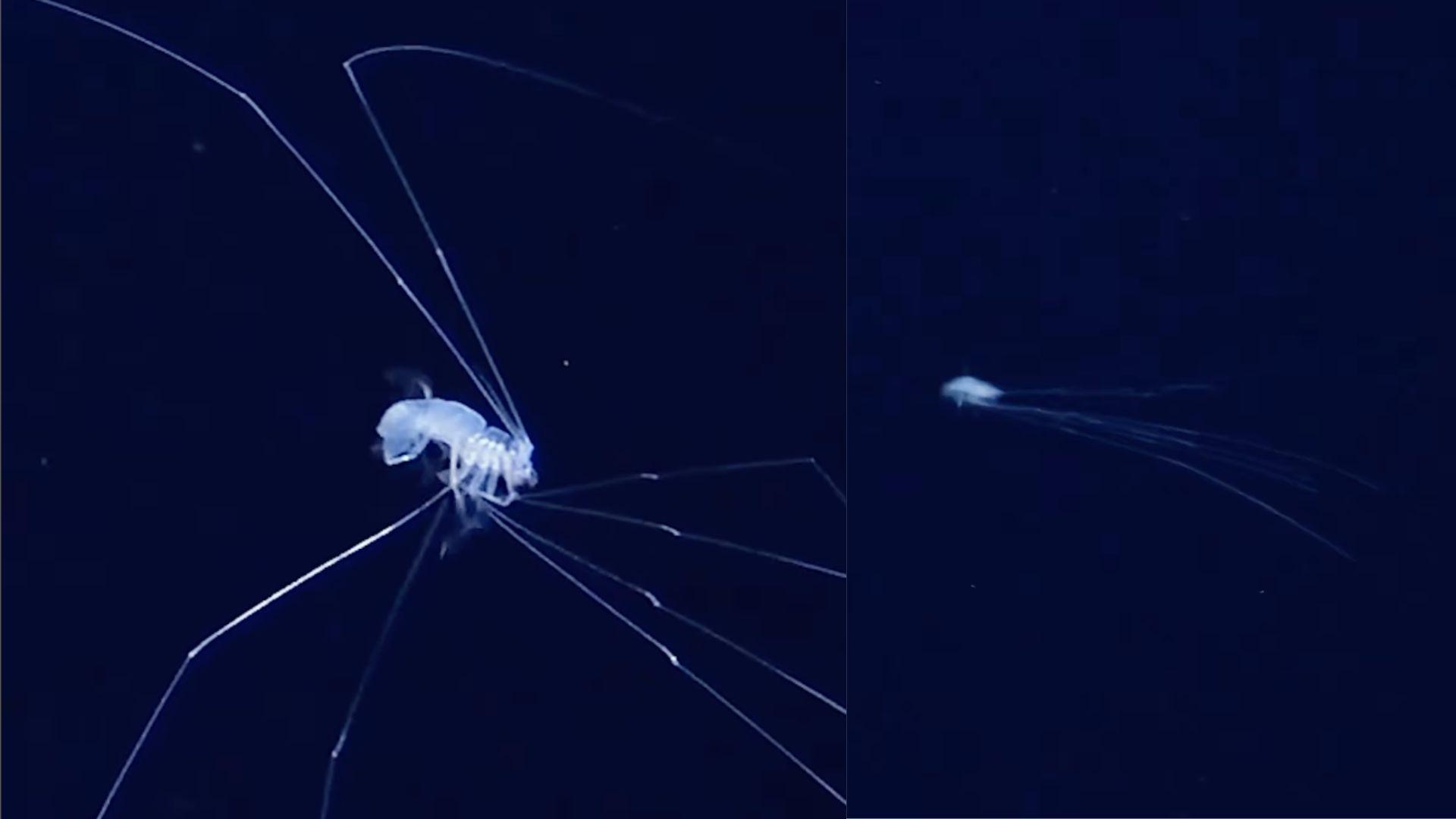
Another post made by the Schmidt Ocean Institute on Instagram highlighted a munnospid isopod. This critter has features that resemble a spider and is able to crawl across the seafloor as well as move through the water effectively.
The bioluminescence of this animal lights up the otherwise starkly dark ocean ecosystem.
A Glowing Dinner Plate
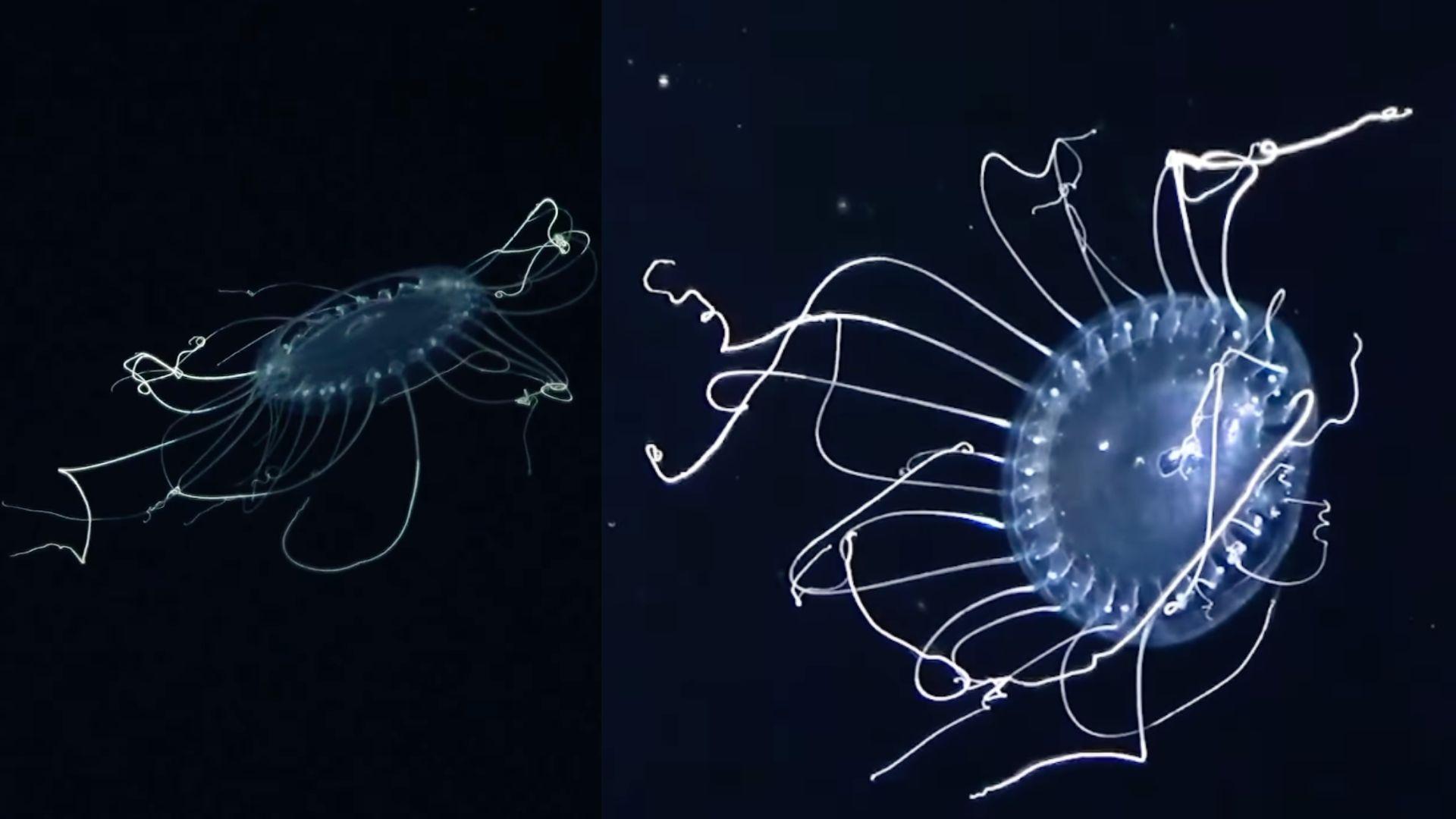
The Solmissus, also known as the Dinner Plate Jellyfish, is among one of the 20 new species seen by researchers during the August voyage.
This species eats zooplankton and is unique because unlike most other jellyfish, the Solmissus actively hunts down its prey rather than just floating by in the ocean waiting for plankton to come close enough to consume.

